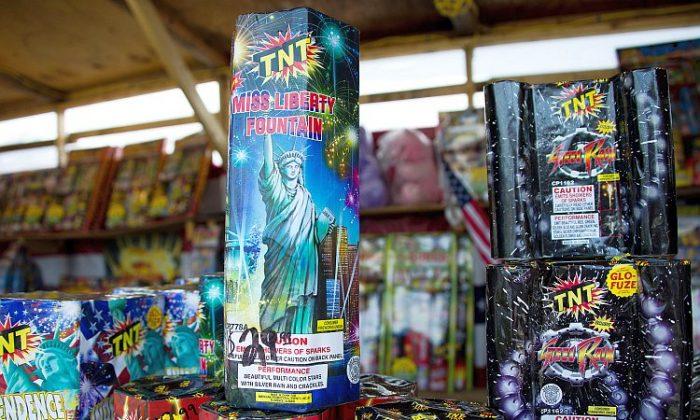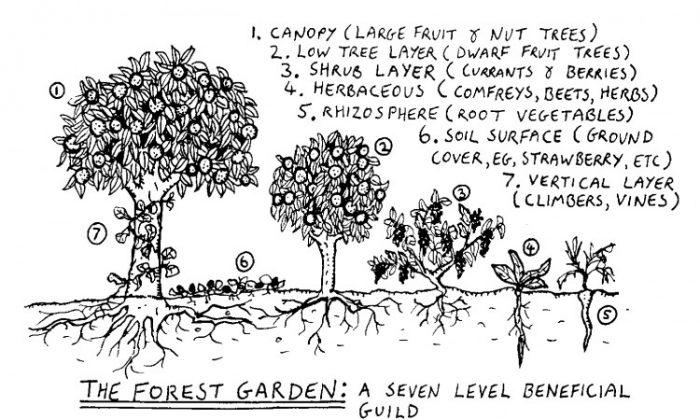[xtypo_dropcap]M[/xtypo_dropcap]y wife and I had a rare day off Sunday, decided to rent a movie, and relax and enjoy some downtime together. After brewing a fresh cup, off we went on a hand-holding stroll to the movie store.
As I meandered over to the “classics” section (is it getting smaller?), I realize we’ve seen The Thin Man, Tender Mercies and Angels in the Outfield a few times already.
“OK honey, let’s get a new one,” I said with feigned confidence. We grabbed one that presented itself as a nod to film noir, and anticipated the down-on-his-luck investigator solving the crime, and a bad guy who wrestles with his conscience receiving due retribution in the end.
I’m not going to say the name of the film, as I will not promote it, or entice readers. What I saw in this popular film was dark and vicious, and it shocked me. Not just the violence and sexual content, it was the choice to indulge in it with such graphic detail, and depraved callousness.
Besides the “off” button, I looked for a flower to sniff, and some sunlight.
But this is not just about a movie, or entertainment. By its popularity it is a reflection of who we are, what we are attracted to, and how we present ourselves to other cultures.
The trend behind such films is nothing new, as it has steadily developed over the last 50 plus years of our modern American culture. Romanticizing the dirty and the downtrodden; empathizing with the tortured lyricist, the revengeful victim, and the unfaithful spouse. We have traveled far down a shadowy road.
I’ve come to understand when an artist creates art, it represents their thoughts, emotions, and state of being. It’s that person’s heart, and how they see the world. What an artist thinks and does in his personal life is one thing, but when what he creates impacts others, positively or negatively, there’s a responsibility that goes with wielding influence.
What we American consumers value is revealed in how we embrace and support the message, stimulated by the theme. On a larger scale this is, frankly, a window on our modern American soul.
For the modern filmmaker, the foremost pressure may indeed be to create something that “sells.” But isn’t there a more noble responsibility? After all, doesn’t the industry play a role in creating the desire?
I don’t need scientific studies to tell me how glorifying violence and ruthlessness in television and film impacts and harms children, let alone adults. It’s just common sense. Our environment affects us.
The consequence of culturally embracing “the dark side” manifests in the abandonment of higher beliefs, consequences, and morals; the mean-spirited actions in politics, and the lack of patience, kindness, and understanding in our treatment of those with whom we disagree.
It numbs us to empathy and compassion, creating an undertone of anxiety and depression. Even worse, we lose our connection with the truth, and appreciation for the simple, and the good. Many Americans are uneasy over this current state of our culture and values, and this concern has reached the surface.
Some artists will continue to explore the darkness and depravity in human existence, as it surely is out there. But it should be balanced with portrayals of trust and faith, of loyalty and virtue, kindness and compassion—for my sake, and that of a few million others.
“What is unbecoming to do is also unbecoming to speak of.”—Socrates
As I meandered over to the “classics” section (is it getting smaller?), I realize we’ve seen The Thin Man, Tender Mercies and Angels in the Outfield a few times already.
“OK honey, let’s get a new one,” I said with feigned confidence. We grabbed one that presented itself as a nod to film noir, and anticipated the down-on-his-luck investigator solving the crime, and a bad guy who wrestles with his conscience receiving due retribution in the end.
I’m not going to say the name of the film, as I will not promote it, or entice readers. What I saw in this popular film was dark and vicious, and it shocked me. Not just the violence and sexual content, it was the choice to indulge in it with such graphic detail, and depraved callousness.
Besides the “off” button, I looked for a flower to sniff, and some sunlight.
But this is not just about a movie, or entertainment. By its popularity it is a reflection of who we are, what we are attracted to, and how we present ourselves to other cultures.
The trend behind such films is nothing new, as it has steadily developed over the last 50 plus years of our modern American culture. Romanticizing the dirty and the downtrodden; empathizing with the tortured lyricist, the revengeful victim, and the unfaithful spouse. We have traveled far down a shadowy road.
I’ve come to understand when an artist creates art, it represents their thoughts, emotions, and state of being. It’s that person’s heart, and how they see the world. What an artist thinks and does in his personal life is one thing, but when what he creates impacts others, positively or negatively, there’s a responsibility that goes with wielding influence.
What we American consumers value is revealed in how we embrace and support the message, stimulated by the theme. On a larger scale this is, frankly, a window on our modern American soul.
For the modern filmmaker, the foremost pressure may indeed be to create something that “sells.” But isn’t there a more noble responsibility? After all, doesn’t the industry play a role in creating the desire?
I don’t need scientific studies to tell me how glorifying violence and ruthlessness in television and film impacts and harms children, let alone adults. It’s just common sense. Our environment affects us.
The consequence of culturally embracing “the dark side” manifests in the abandonment of higher beliefs, consequences, and morals; the mean-spirited actions in politics, and the lack of patience, kindness, and understanding in our treatment of those with whom we disagree.
It numbs us to empathy and compassion, creating an undertone of anxiety and depression. Even worse, we lose our connection with the truth, and appreciation for the simple, and the good. Many Americans are uneasy over this current state of our culture and values, and this concern has reached the surface.
Some artists will continue to explore the darkness and depravity in human existence, as it surely is out there. But it should be balanced with portrayals of trust and faith, of loyalty and virtue, kindness and compassion—for my sake, and that of a few million others.
“What is unbecoming to do is also unbecoming to speak of.”—Socrates




Friends Read Free